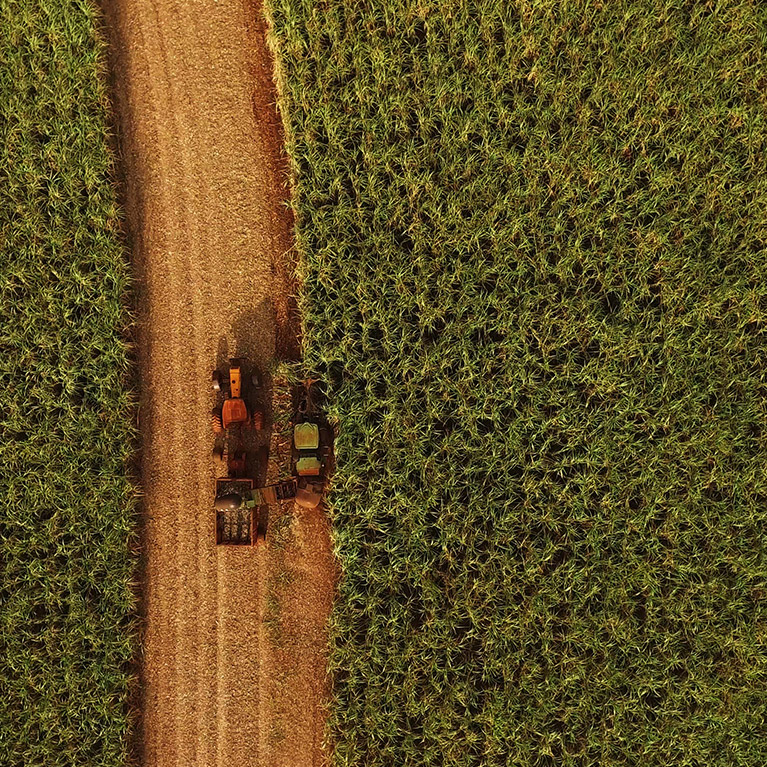By Sanjukta Subudhi and Eduardo Leão de Sousa
Originally published on The Economic Times
With sustainability in its DNA, sugarcane ethanol can contribute immensely to both the environment and the economy. Concerns such as water use, destination of residues, and labour conditions have been targets of improvement in countries, such as India and Brazil. The South American country has four decades of experience in large-scale ethanol production with successful efforts being done to strengthen its sustainability.From our perspective, this process should involve a tripartite combination, which in many situations are related to technological innovations.
Public policies
One major first step to enhance sustainability of ethanol production could be the identification and implementation of government policies to signalise to the private sector where the expansion of sugarcane cultivation can occur, and in which conditions and where native forest must be preserved. Priority must be given to the commercialisation of technologies for second generation bioethanol production from agricultural residue biomass.
Brazil has a combination of laws which successfully delimits economic activities with sugarcane. The Forest Code, for instance, establishes a minimum percentage of rural properties that must be covered by the native biome or vegetation, which also has to be preserved around lakes, ponds, water springs and alongside rivers and water courses inside the property.
In addition, the Brazilian producers have planned plantation expansion for many years with an agroecological zoning, and have, more recently, started working under the National Bio-fuel Policy, Renovabio, with zero tolerance towards deforestation.
With a goal to reduce oil import and increase energy production, the Indian biofuel policy recently advocated for meeting the ethanol blending target of 10% by 2022 and 20% by 2030(or even by 2025 as it was recently announced). Since ethanol produced from molasses is not meeting the indicative target, this policy also advocates the use of other sugar-based feeds such as sugarcane juice, corn, cassava, sweet sorghum, corn, damaged food grains, and rotten potato for ethanol production.The policy also aims to use non-edible feed such as agricultural residues for biofuel production.
Another main pillar of sustainability is the labour protection laws. Brazil has a solid group of laws and contract models that protect the labourer, including minimum wage, age restriction, social security fund and specific determinations for comfort and security in field and industry work.
Public-private partnerships
For the public-private partnerships, the Brazilian private and public sectors have established social and environmental protocols with targets that go even beyond the legislation. The mills that voluntarily engage to these protocols, automatically, make a commitment to achieve those goals and, as a result, receive a public recognition for outstanding practices. There are protocols that aim to solve specific challenges, such as to manage and repurpose vinasse, establishing labour comfort guidelines, and biodiversity, native forest, and natural resources protection.
This partnership approach is crucial for innovation too. Intensive research explorations have been carried out globally for pre-treatment of bagasse, the residue of sugarcane after sugar extraction, which needs proper management to make the ethanol production process environmentally benign and to have a zero-discharge approach.
However, technological interventions need to be explored further for economically viable production of second-generation bioethanol for large-scale implementation. Since cost is the major challenge, public-private partnership will play a key role in technological interventions to make the production of second-generation bio-ethanol commercially viable.
Corporate social and environmental responsibility actions
Certification is a strong tool to promote social and environmental sustainability, and Brazil and India are among the countries with the largest number of companies certified by the Bonsucro production standard, with 79 mills of a total of 134 plants worldwide.From the private sector perspective, many initiatives are also in place in Brazil to attract the best employees and aggregate value and sustainability to the products to meet the rising expectations of clients around the world.
As for water use, sugarcane requires anywhere between 1500mm –3500mm of rainfall depending on the region. In subtropical regions it requires around 2000 mm of rainfall while in tropical regions it requires up to 3500 mm. On an average, 1 kg of sugar requires about 1500–2000 kg of water.Efforts of Brazil’s private sector have achieved a 37% reduction due to a dry-cleaning process adopted to rid the sugarcane of soil and other residues before processing. The construction of closed water circuits was also a big step: when a cooling water circuit is closed by towers or sprinkling ponds, the need for water is restricted to about 5% of the water in the circuit. In addition, Brazil has almost no usage of clean water in plantations. Irrigation is done with vinasse, which also reduces the need for chemical fertilizers. Motored by technology, these improvements have opened new horizons for sustainability in the sugarcane production chain.
These are basically some successful examples but much more can be done. Together India and Brazilcan lead the transition to a society based on renewable energy and sustainable production. So why not use this DNA?
(Sanjukta Subudhi is Senior Fellow and area convener of Microbial Biofuels and Biochemicals, TERI, and Eduardo Leão de Sousa is the executive director of UNICA.)



